
Author: Valerie Reynaert



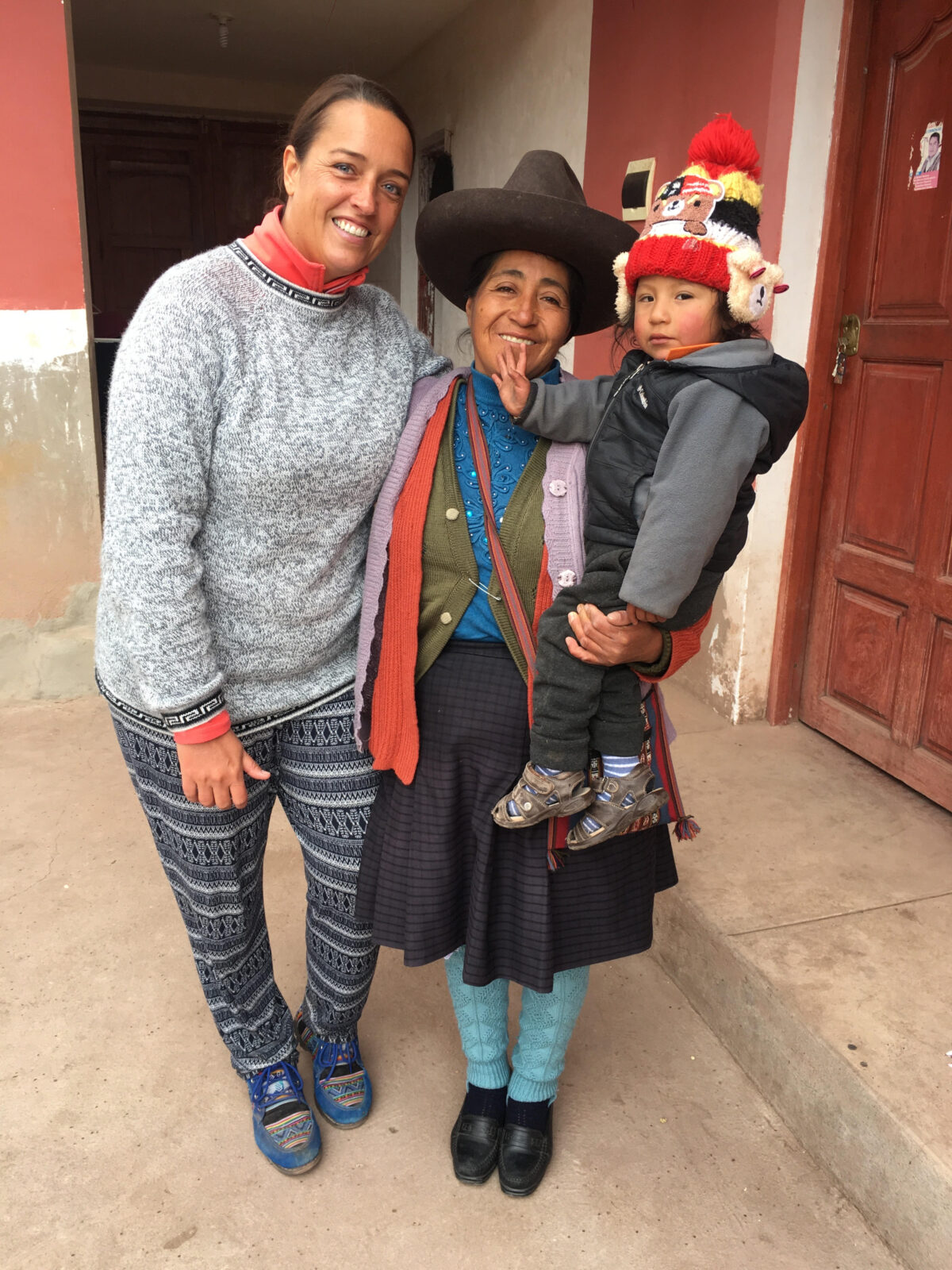
My last volunteering project with Maximo Nivel Peru was by far the toughest. I spent a week up in the mountains with a typical Andean Quechua-speaking family in Umasbamba, a small Quechua community of no more than 100 families. The setting was very rural, with houses made of adobe mud, which was quite cold.
My hosts, the lovely Rafaella and her husband Zenobio, lived a very simple life with their two daughters and baby son. They also had several animals, two not-so-white dogs, sheep, guinea pigs, chickens, a donkey, and Lucy the llama. Their main sources of income were derived from their small-scale subsistence farming activities, weaving products, different jobs Zenobio was working at, and from hosting volunteers.
Working on the farm was a tough but unforgettable experience, to say the least. The jobs I did included cutting alfalfa, feeding the guinea pigs, peeling beans (six hours non-stop sitting on a cold floor) and potatoes, sorting corn kernels, scattering manure with my hands (seriously!), taking the sheep out to the field, and helping with food prep. Let me tell you that those tasks ranged from fun to exhausting.









One of the hardest things was the cold. By 6 pm, it would be pitch black and freezing cold, so once we had finished dinner at around 7.30 pm I would retire to my room to get into my sleeping bag. The cold was my main reason to say goodnight, but not being able to make conversation was another good reason. As there was no phone or Wi-Fi connection, it could get quite lonely out there; and due to the cold, I wasn’t able to read at night. I tried to read with my gloves and hood on one night, but my nose was so cold that I gave up and just curled up in my sleeping bag. I can honestly say that I’ve never been that cold in my life. Taking a cold shower wasn’t an option either, especially knowing that I was on anti-flu medication already. So, I will be eternally grateful to whoever invented wet wipes and dry shampoo! Trust me when I tell you that I showered three times after I got to my hotel after the project.
As I mentioned before, it was demanding but rewarding. Spending time with these humble, loving people made it all worth it. It certainly puts life in perspective! And knowing that their two daughters are enrolled at university, thanks to the support of us volunteers, is just fantastic. It makes it all worthwhile.
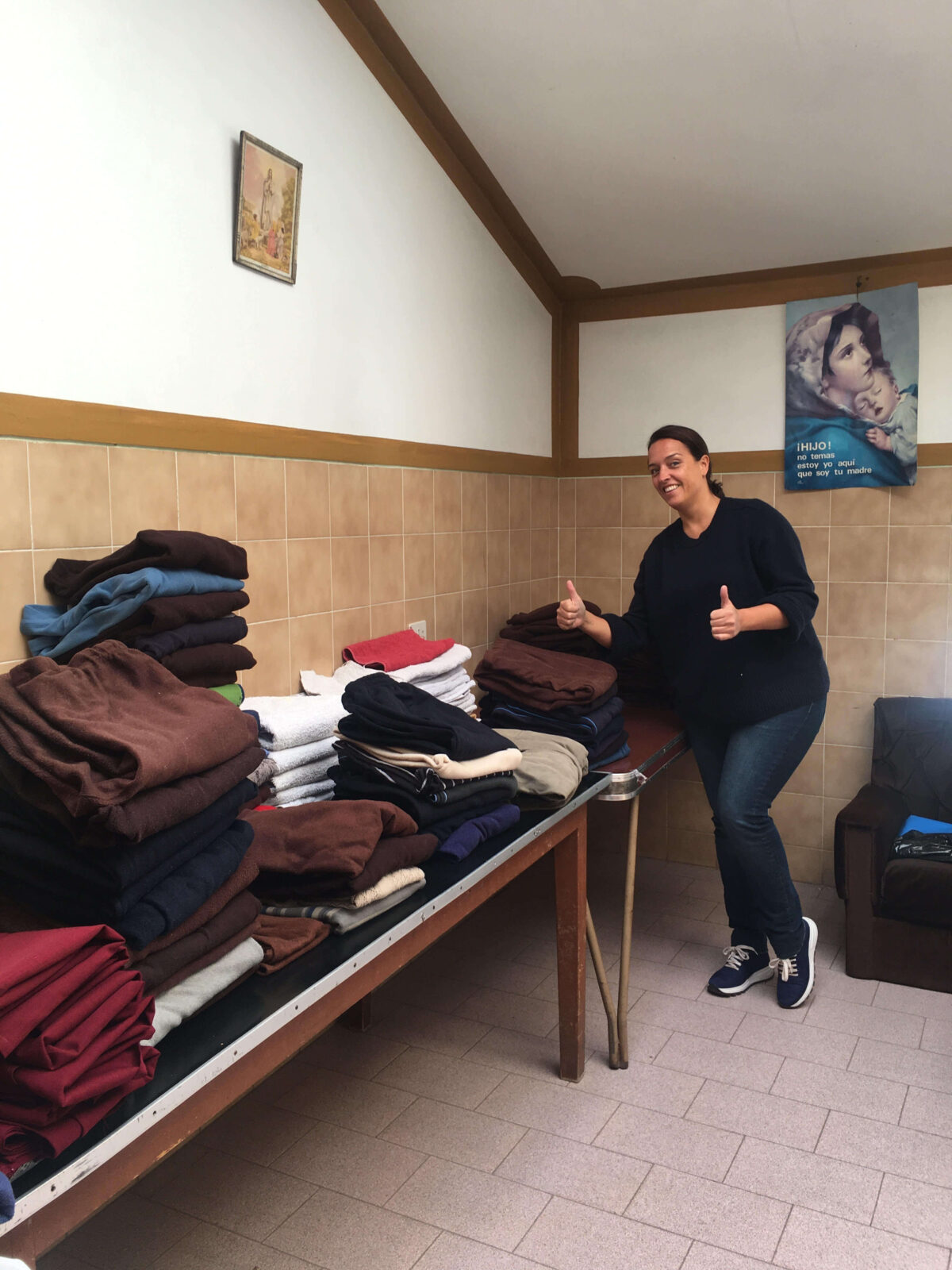
My third project in Peru was volunteering at El Centro La Recoleta, an elderly home of about 150 senior citizens who were either abandoned by their families or happened to outlive them.
La Recoleta is a Catholic establishment run by six nuns and consists of four separate pavilions that house the elderly. Our day started with feeding breakfast to those who couldn’t feed themselves followed by some time outdoors so they could enjoy the sunshine.
One day, when I brought a certain man to his allocated chair outside, he grabbed my hand firmly and didn’t let go. He looked me in the eyes and planted a kiss on my hand. I was so touched by it, but more than that, it showed me how lonely these people were and how much it means to have people who spend time with and care for them. It was heartwarming but heartbreaking at the same time.
Afterwards, we did the dishes, folded the clean laundry, and helped with the lunch preparations. It was encouraging to see the number of Peruvian youngsters showing up on their off days to volunteer. I was impressed at how those kids decided to help those in need instead of enjoying their free time somewhere else. They set a good example.
Overall, it was beautiful to see what a close community the people in Cusco are. It is obvious that people support one another: those more fortunate bring food to the poor and organize charity events to collect money for those in need. Many of the people I met were supporting in one way or another.
It’s important for everyone to realize that there are so many people in the world who aren’t as fortunate as us. And once you realize that, find a way to support them. Even the smallest contribution, like holding and old man’s hand for a morning in the sun, can make a world of difference to some people. This is how we can all work towards making the world a better place.



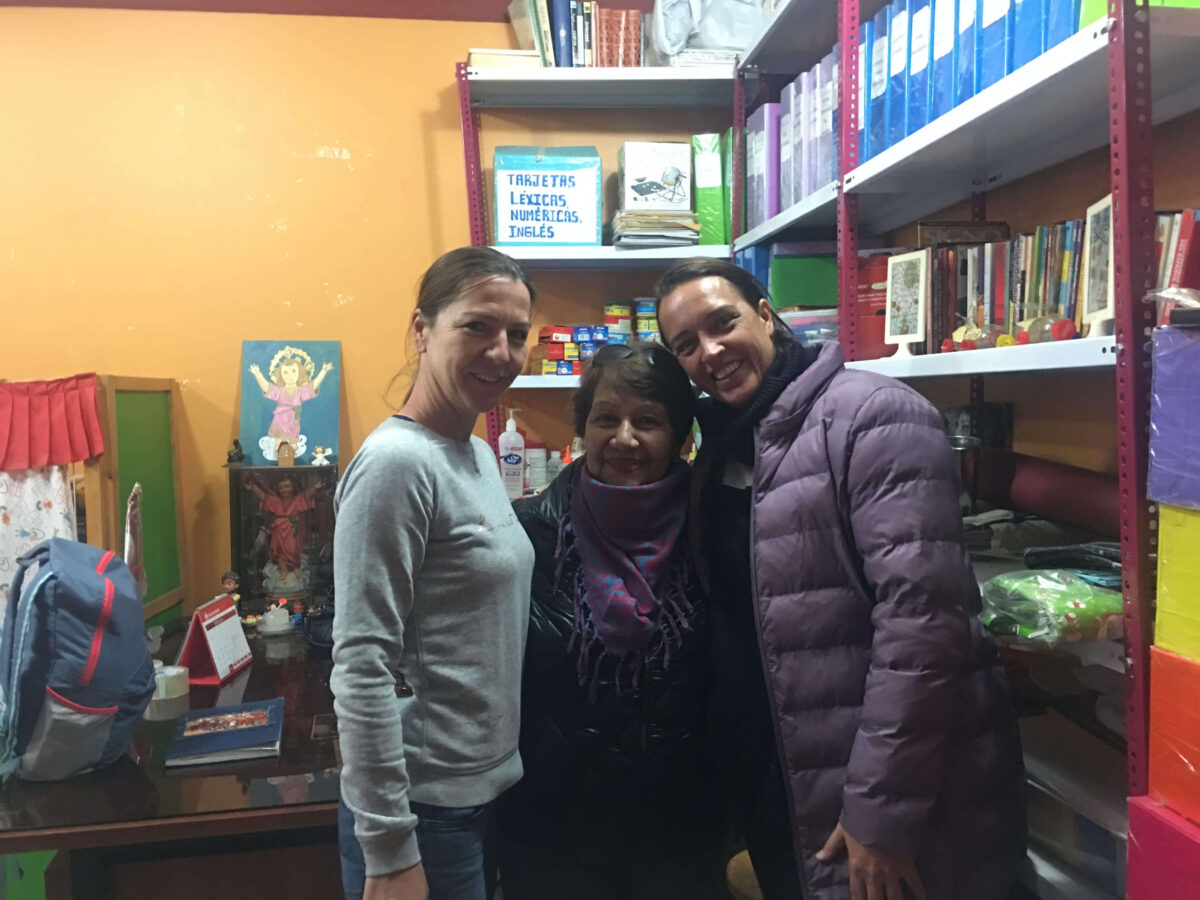
My second project in Peru was as a volunteer with Corazón, a wonderful project in the Saylla district on the outskirts of Cusco. I feel so blessed to have met Laura. Laura founded the afterschool program for children ten years ago, at the age of 62. She started the program because many of the children’s parents work long hours and the kids are left without supervision. As Laura says, these kids are the future of Peru, so we need to support them and keep them off the streets. She gets little support from the government, so everything is funded by herself and the support she gets from organizations such as Maximo Nivel Peru.


There are currently 57 children aged 5 to 13 years enrolled in the program, so the support from volunteers is vital. Each day typically begins with the kids doing their homework. In the picture, I am helping the boy do his English homework. I have never encountered a kid that was so happy doing homework! He loved the help and support. He showed his gratitude with the biggest smiles and it was so heartwarming! After homework, there was one hour allocated to reading, to improve their skills. After homework and reading, it was play time.

I truly fell in love with this project. It has so much meaning to it. Keeping children off the streets and investing the time to enhance their skills and knowledge is of such great importance. It all translates in building a better and safer world.
The world really needs more people like Laura.
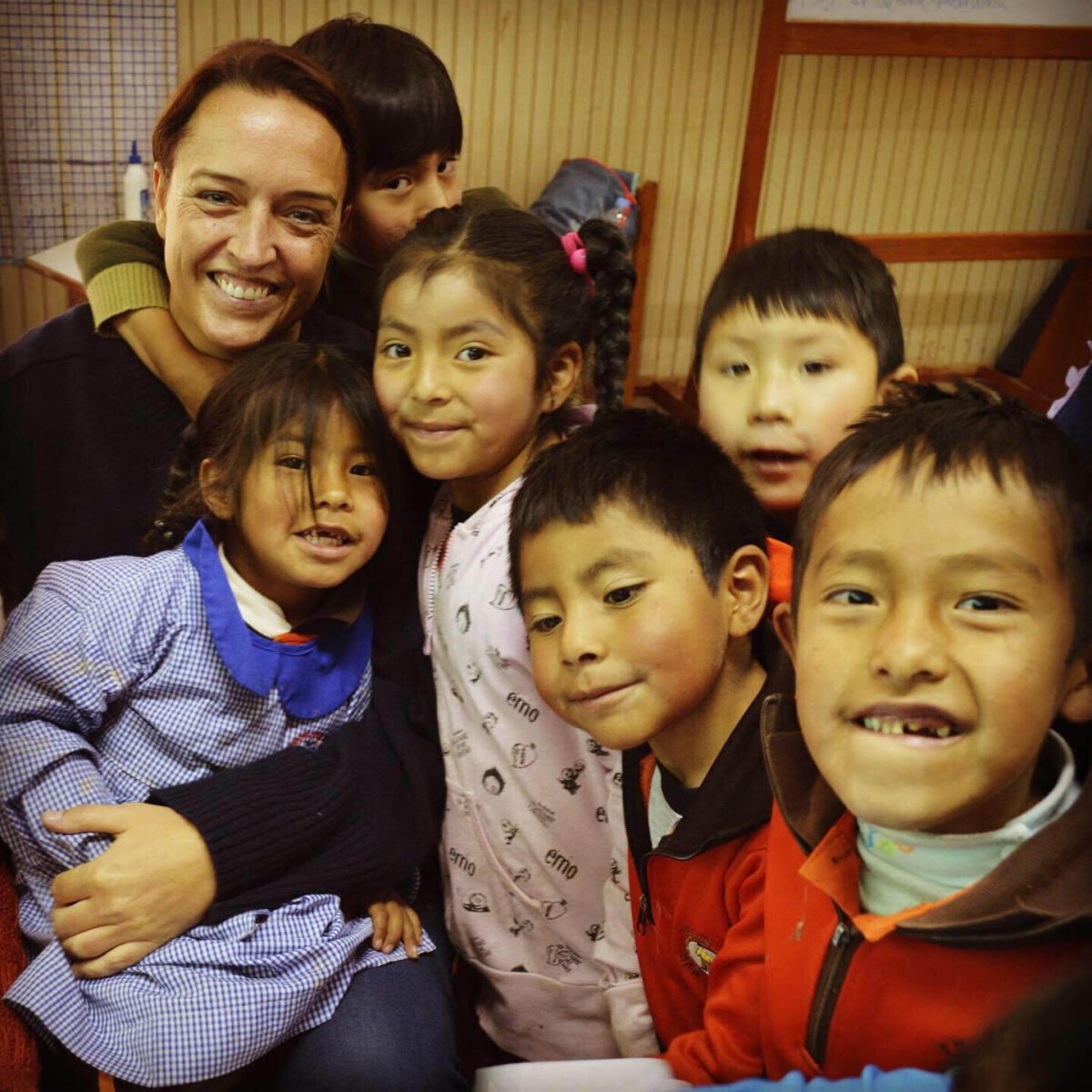
My first project as a volunteer with Maximo Nivel was as a teacher’s assistant at the Jardín Cajonahuaylla (jardín is Spanish for garden, which is a way of saying pre-school in Peru). Approximately 130 children aged 3–5 years are enrolled, most of them from poor, disadvantaged backgrounds. The aim of the school is to provide a good education to children from low-income families. Having only five teachers makes the support of volunteers necessary. I was assigned to work with the five-year-olds. As a volunteer, I provided classroom assistance and individual attention to ensure a smoother and more productive day. My responsibilities included taking kids to the restroom, teaching them to wash their hands afterwards (this was very important as this can prevent them from getting parasites), assisting with hygiene stations, and preparing homework and worksheets. For consistency and to add a greater impact to the program, we made daily entries into the online volunteer journal, which helps the next volunteer pick up where we left off.

We had the chance to spend a whole day in the park with some of the children and their parents. The kids had made their own cometas (kites) and we helped get them off the ground and into the sky! It was a day filled with fun and it was heartwarming to see their happy faces. Unfortunately, the school couldn’t arrange for transportation to the park due to a lack of resources, so their parents had to bring them. And because most of the parents also didn’t have the means to provide for transportation, many kids missed out. It is in these moments that you realize how different their world is in comparison to ours. I never doubted as a child that I wouldn’t be able to make it to a school outing. We were taken to amusement parks, the beach, and to many other places. I didn’t miss even one, but it’s only now that I realize that I took something for granted that isn’t a reality for many other kids around the world. But one thing will always be the same: wherever they are in the world and whatever their background, kids will be kids. They adjust to whatever situation they are in, bringing sunshine and joy to the world. I loved being surrounded by that bunch of beautiful children. Their craving for hugs, attention, and love was huge. My time with them made me confront myself and some of my preconceptions, but it was very rewarding nonetheless. Those children stole my heart and made me grateful for all the beautiful things that life has to offer.

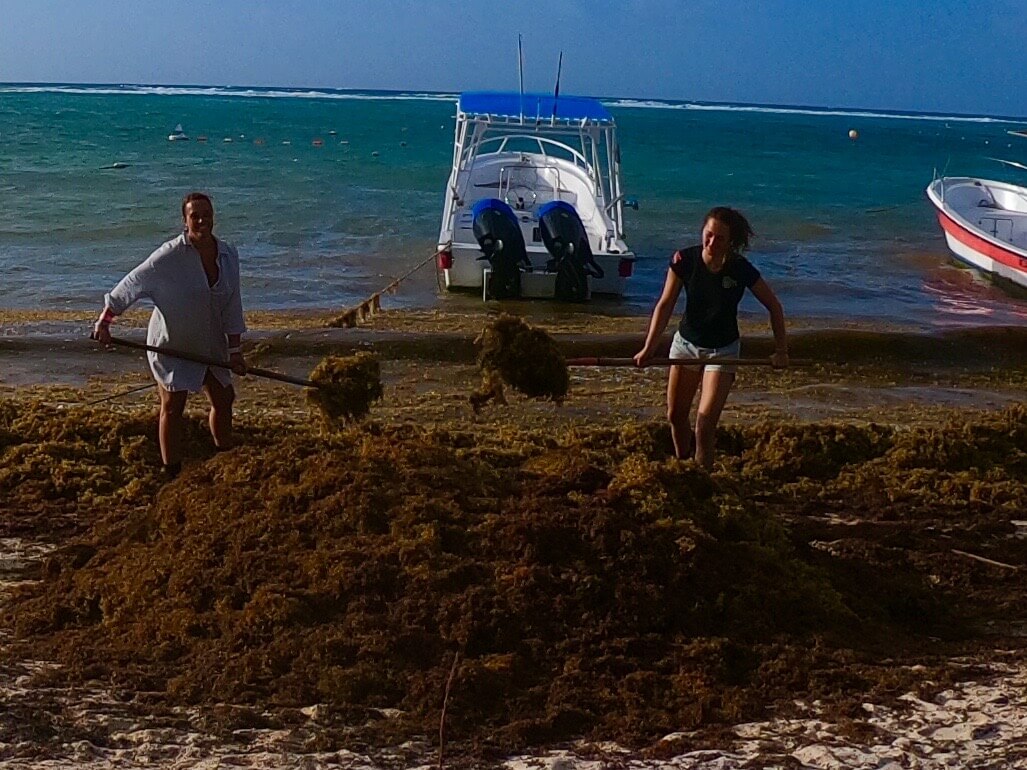
On my first day as a volunteer Research Assistant in Akumal, Mexico, I was overwhelmed by what I saw. There was a smelly, brown-colored “something” spread all over the coastline. I learned that this is sargassum, which is a family of brown seaweed.
In 2018, a sargassum crisis hit the Caribbean Sea, causing catastrophic damage to the reefs. It washes ashore, piles up on the beach, and decomposes. Not only does it block beaches and repel swimmers, it also emanates a foul smell and releases fumes of sulfur compounds that can cause respiratory problems. Needless to say, it has a major impact on tourism, fisheries, and wildlife. Incoming floats of sargassum choke sea grasses and coral reefs, while fishermen struggle to get in the water. The sargassum tangles up their engines, their nets, and their lines. Factors that have led to the growth of sargassum are the increase in sea temperature, the change of sea currents due to climate change, nutrients from agricultural fertilizers, and inadequately treated sewage that ends up in the sea. Sargassum on the beaches of the Mexican Caribbean has killed 78 species, including fish and corals, as it reduces the level of oxygen in the ocean, changes the acidity of the water, and increases the levels of ammonium and phosphorus tenfold. In time, the presence of sargassum will lead to a process of desertification in the shallow seabed, which may become an irreversible phenomenon.
It’s not these algae that are the problem, but the large quantities in which they are produced. The oceans occupy two-thirds of the planet, so most of the air we breathe is thanks to them. It is of high importance to restore and mitigate the effects of sargassum, to use it sustainably, and to educate as many as possible about the oceans.

One method of removing the sargassum is by spade and wheelbarrow onshore. So, we did. On the days we couldn’t go out on the water, we would get our dive boots on, take a shovel or rake, and start piling up the sargassum for collection by the municipality. It was a tough physical exercise but it was so rewarding to see a clean beach. Unfortunately, the beach didn’t stay clean for very long as the next float of sargassum would be ready to attack again. Even though you know that the process keeps repeating itself, it gives you a feeling of fulfilment, knowing that you’re helping to make a difference. Our oceans are in great danger and we need all the help we can get. Together we can create a better world!

Let me remind you again: Reduce – Reuse – Recycle.
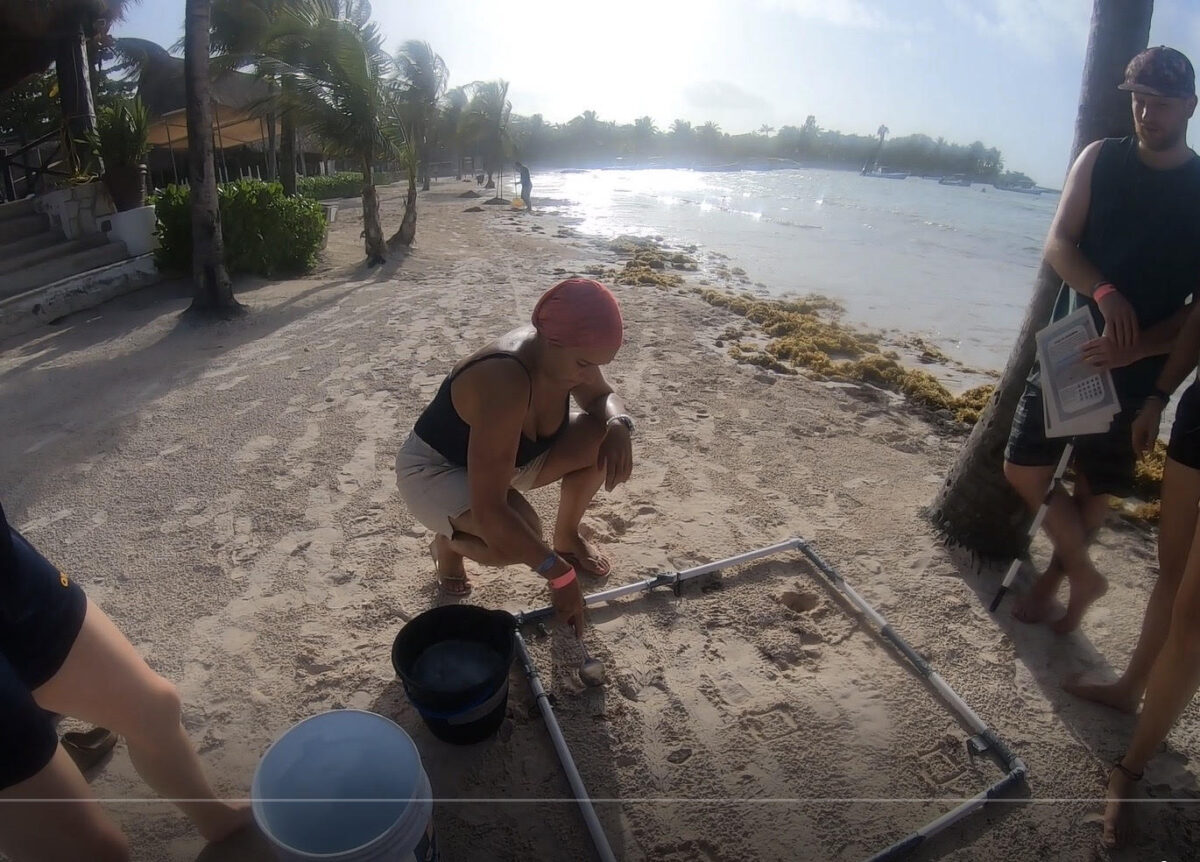
Microplastic Survey – Akumal, Mexico
Until I joined Operation Wallacea (Opwall) as a volunteer Research Assistant, I must admit I had no idea how bad the situation was. One morning, when the sea was too rough for diving, we were assigned a microplastic survey. Even though we operated from a marine-protected area, I was shocked to see how much microplastic we found.
Microplastics are one of the biggest issues facing ocean life. Their impact on marine animals, ecosystems, and, ultimately, human health is huge. In order to do something about it, we need to know the type, location, and quantity of the plastic; hence the microplastic surveys, which help scientists around the world gather as much information as possible.
So, that beautiful sunny morning, we went down to the beach with a quadrant, two buckets, a sieve mesh, a spoon, and a tray, looking for pieces of plastic that were less than 5 mm in size. We used sieves with a 1-mm mesh, as this is the size range that is most easily swallowed by seabirds and medium-sized fish that might be caught for human consumption.

Microplastics are divided into two main groups: primary and secondary plastics. Primary plastics are products that are manufactured small to start with, such as microbeads found in personal care products and plastic fibers used in synthetic textiles. Secondary microplastics are larger plastic products that have degraded over time. They include plastic bottles, plastic bags, and fishing nets. We worked on a 25-m stretch of shoreline as one single sample wouldn’t provide enough data. The minimum sample size is five times a 1-m2 quadrant. Within each quadrant, 10-cm samples are taken five times. Each quadrant should ideally be 5 m apart. Once we had selected the survey area, we laid out the quadrant and took five random sand samples from the 1-m2 quadrant. The sand was collected in a bucket with seawater, which was stirred to release the plastic from the sand. The water was then poured through the sieve into the other bucket. From the sieve, microplastics were transferred to the tray. We then moved along our selected survey line, repeated the process five times, and finished off our first scientific microplastic survey. The samples were then analyzed and entered into the system.

As I mentioned earlier, I was shocked by the findings. Do you know that plastic has been found in 59% of sea birds, 100% of sea turtle species, and more than 25% of fish sampled from seafood markets around the world? Do you know that the average person ingests 5 g of plastic each week, the equivalent of a credit card? We must help protect our ocean and the millions of species that call it home. If that doesn’t do it for you, think about your own health. This horrible reality has made me change my lifestyle. I recycle, take my own mug to the coffee shop, my own bags to the supermarket, and avoid plastic wherever I can. What about you? Have these facts had any impact on your life? Only together can we work towards a better world!

Reduce – Reuse – Recycle
#savetheocean #conservationoftheocean #reduce #reuse #recylce